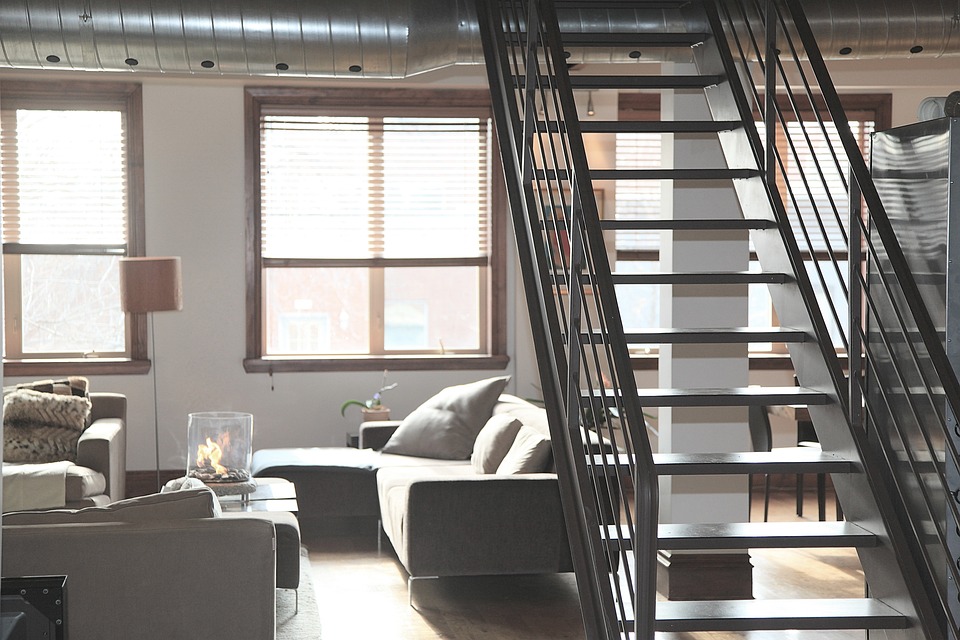The field of home design has seen immense growth and evolution over the past decade. From innovative technology to sustainable practices, designers have been pushing boundaries and redefining what it means to create a truly exceptional living space. In this article, we will explore some of the most intriguing home design innovations of the decade that have captured the attention of homeowners and industry professionals alike.
Smart Home Technology Integration
One of the most impactful advancements in home design has been the integration of smart home technology. From voice-activated assistants to automated lighting and climate control systems, homeowners now have the ability to control every aspect of their home with a simple voice command or tap of a button.
FAQ: Are smart home systems secure?
While smart home technology offers convenience and efficiency, there have been concerns about security vulnerabilities. It is important for homeowners to take proactive measures such as using strong passwords and keeping software up to date to minimize risks.
Sustainable and Eco-Friendly Design
Another major trend in home design is the emphasis on sustainability and eco-friendly practices. Designers are incorporating energy-efficient appliances, recycled materials, and green building techniques to create homes that are not only stylish but also environmentally conscious.
FAQ: What are some examples of sustainable design elements?
Sustainable design elements include solar panels, energy-efficient windows, rainwater harvesting systems, and recycled materials such as reclaimed wood or glass.
Flexible and Multi-Functional Spaces
Gone are the days of rigid room layouts. Modern home design now focuses on creating flexible and multi-functional spaces that can adapt to the changing needs of homeowners. From sliding walls to modular furniture, designers are finding creative ways to maximize space and increase functionality.
FAQ: How can I make my home more flexible?
Consider incorporating modular furniture, sliding doors, and convertible spaces that can easily transform to suit different purposes.
Biophilic Design
Biophilic design, which integrates elements of nature into the built environment, has gained popularity in recent years. From living green walls to natural light sources, designers are using nature-inspired elements to create spaces that promote health and well-being.
FAQ: What are the benefits of biophilic design?
Biophilic design has been shown to reduce stress, improve cognitive function, and increase productivity by connecting people with nature in their living environment.
Conclusion
The past decade has been marked by a wave of creativity and innovation in the field of home design. From smart technology to sustainable practices, designers have been pushing boundaries and redefining the way we think about our living spaces. By incorporating these intriguing home design innovations into your own home, you can create a space that is not only beautiful and functional but also forward-thinking and environmentally conscious.

